THE BIG NIGGLE
Jay wants to rid his Renault of funky smells from a previous owner
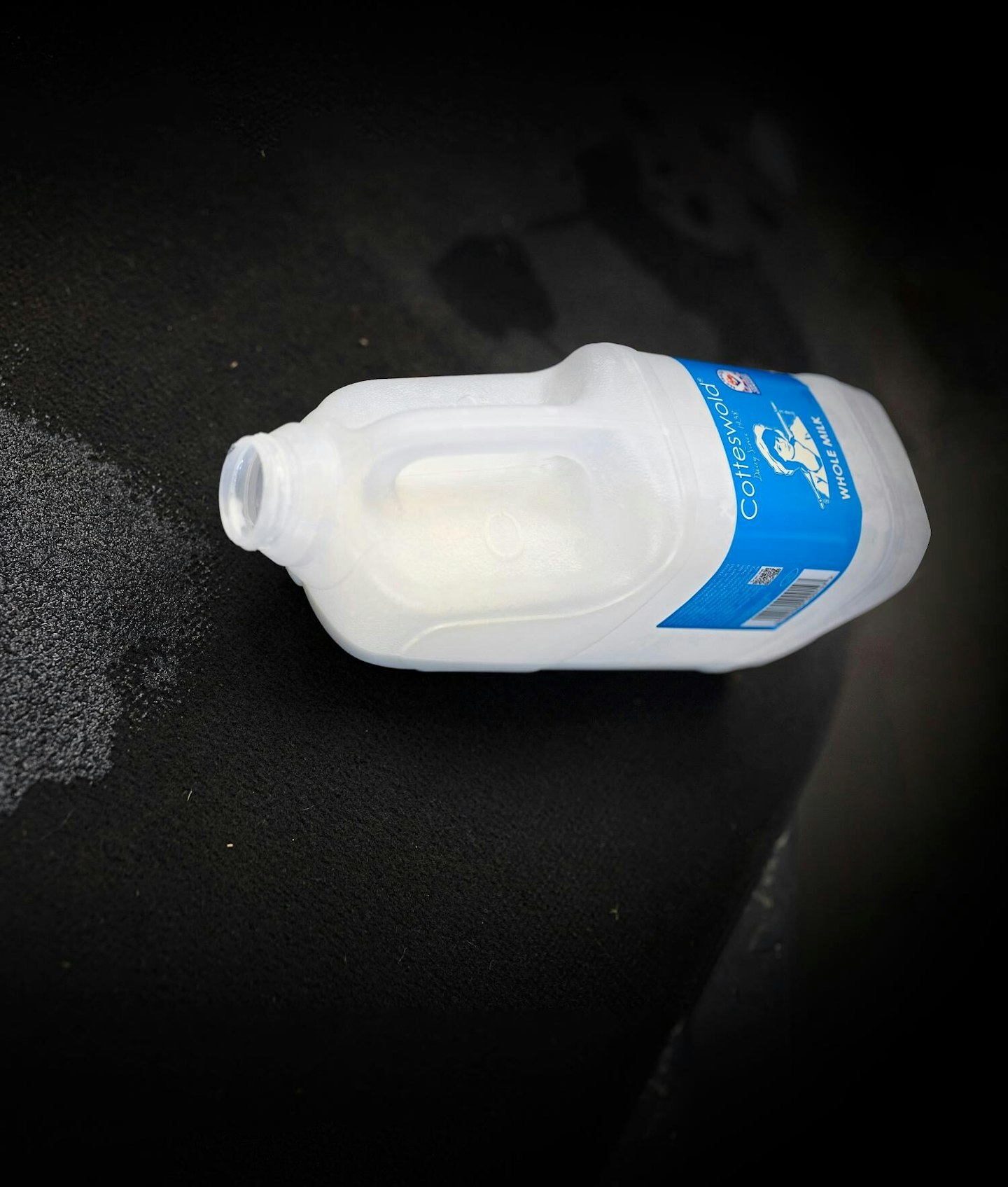
Imagine a combination of cigarette smell, a petrol spillage, and the impression a labrador is breathing on your neck. This is the inside of my (new to me) classic Renault 5, and I need to get it sorted!
Jay Harvard, Bristol
RICH’S JOB CARD
BANISH INTERIOR ODOURS

There is a wide spectrum of steps for removing odours from an interior.They can be as simple as a good vacuum to remove the dry cause, up to a full interior rip out to find the residue and the recurring memory of a bottle of milk that leaked in the boot on the way back from the shop. Knowing how to attack various causes is almost as important as knowing how to take your interior to pieces to get to them in some cases. Luckily, there are some less invasive techniques you can try first…

Ozone machine
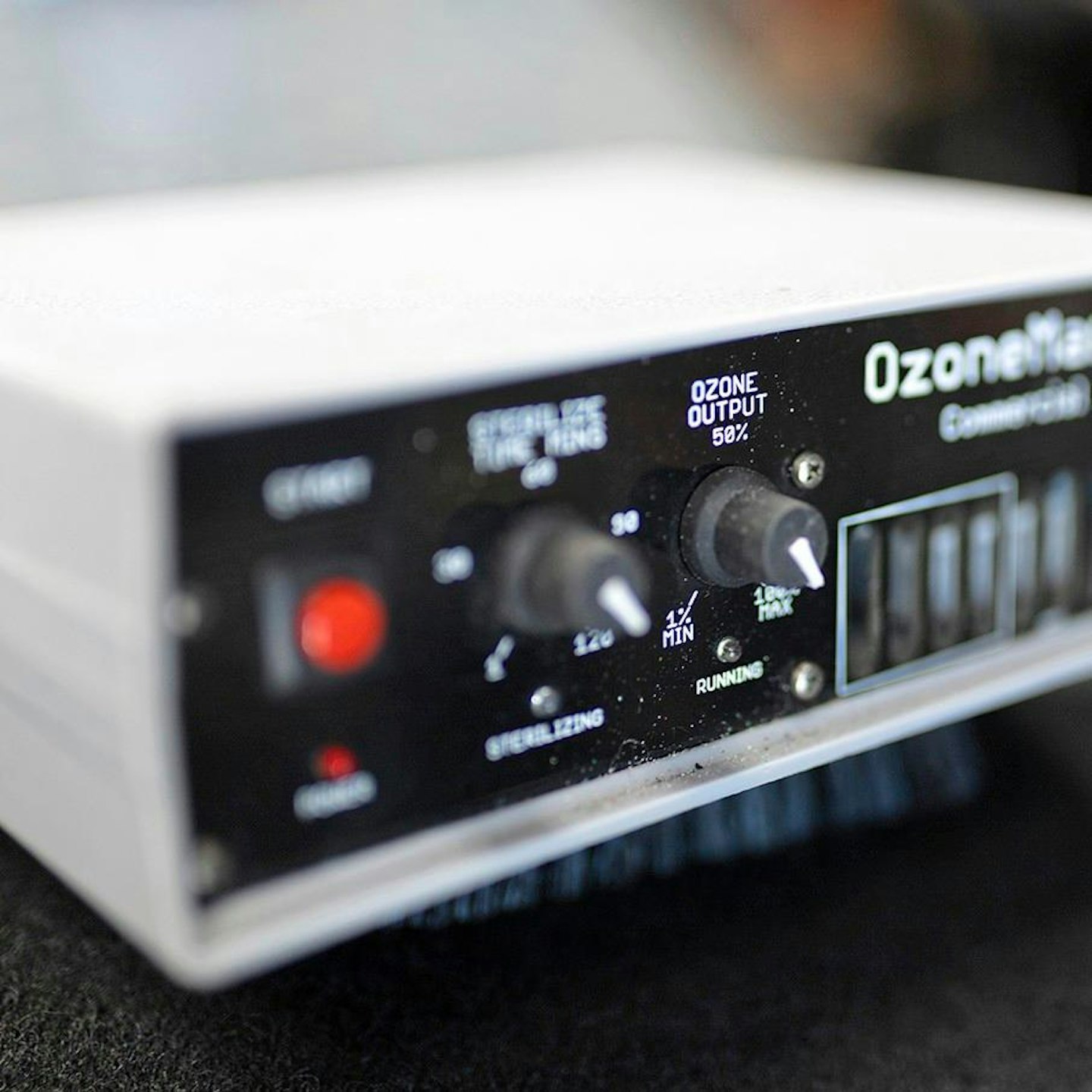
Using O3 science to attack smells on a molecular level, they aren’t cheap, but you can hire them and they’re very effective at getting everywhere.
Odour bombs
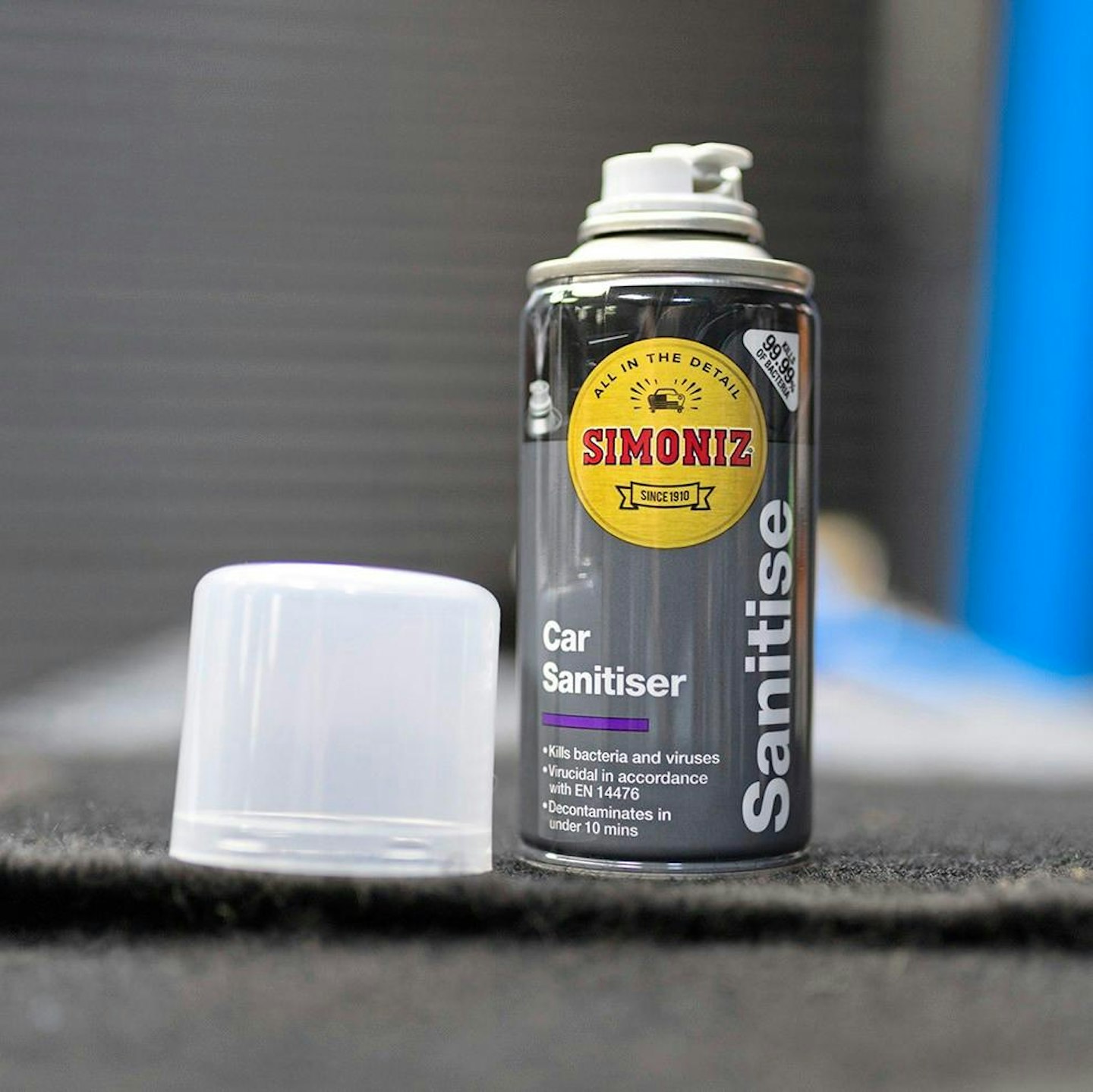
Part biocide, part scent, these also circulate through an air-con system and kill any nasties. They can leave a residue though, and are rarely permanent unless the source is removed.
Odour neutralisers
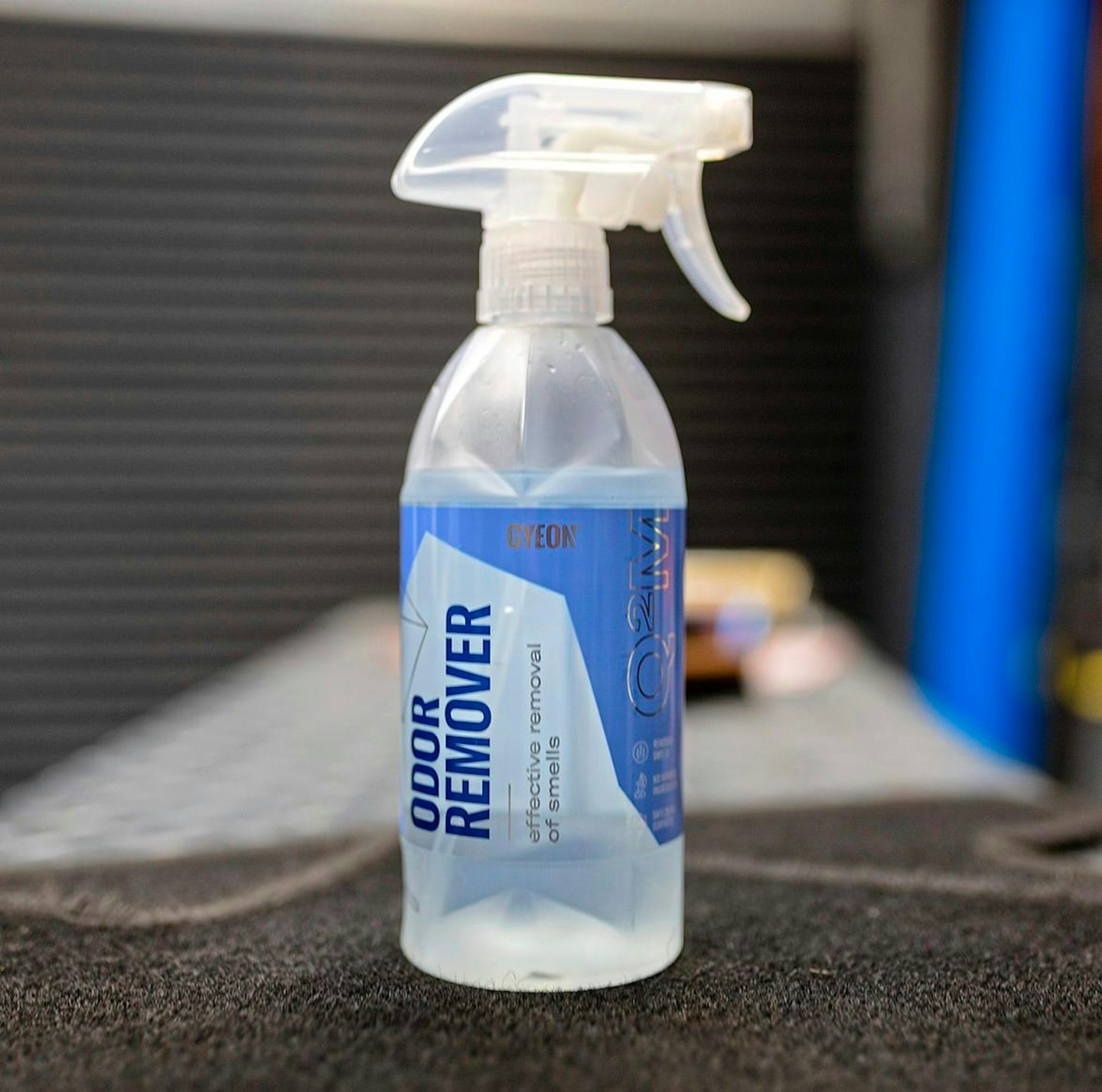
While they don’t destroy the cause, these contain additives that absorb odours, sometimes leaving behind a powder to hoover up. Scented household ones are rarely as effective though.
Enzyme eaters
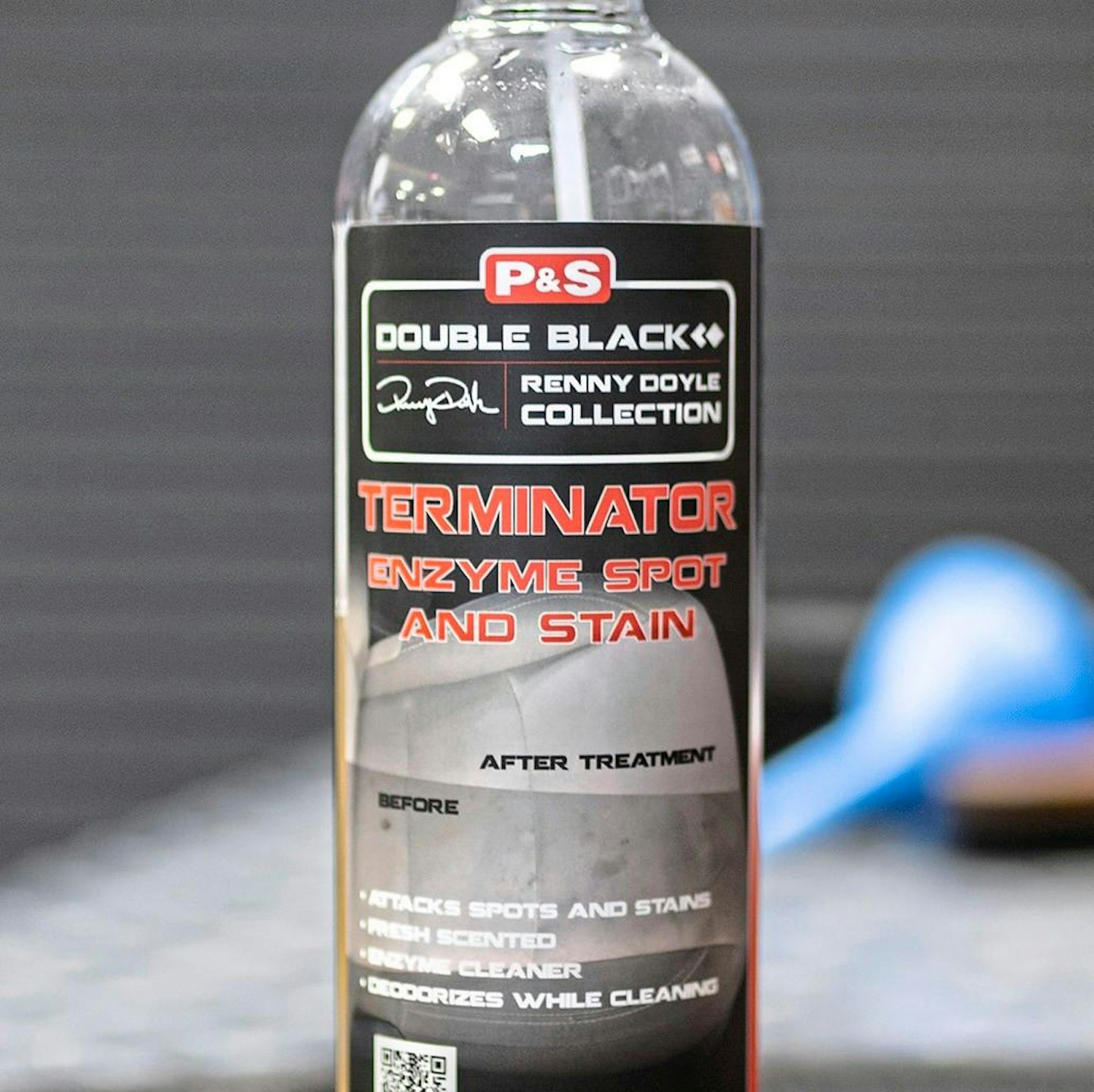
Enzyme strands of protein are deployed in spray form to gobble up the organic causes of odours and eradicate them – assuming you can access them with the spray head.
Biocidal cleaners
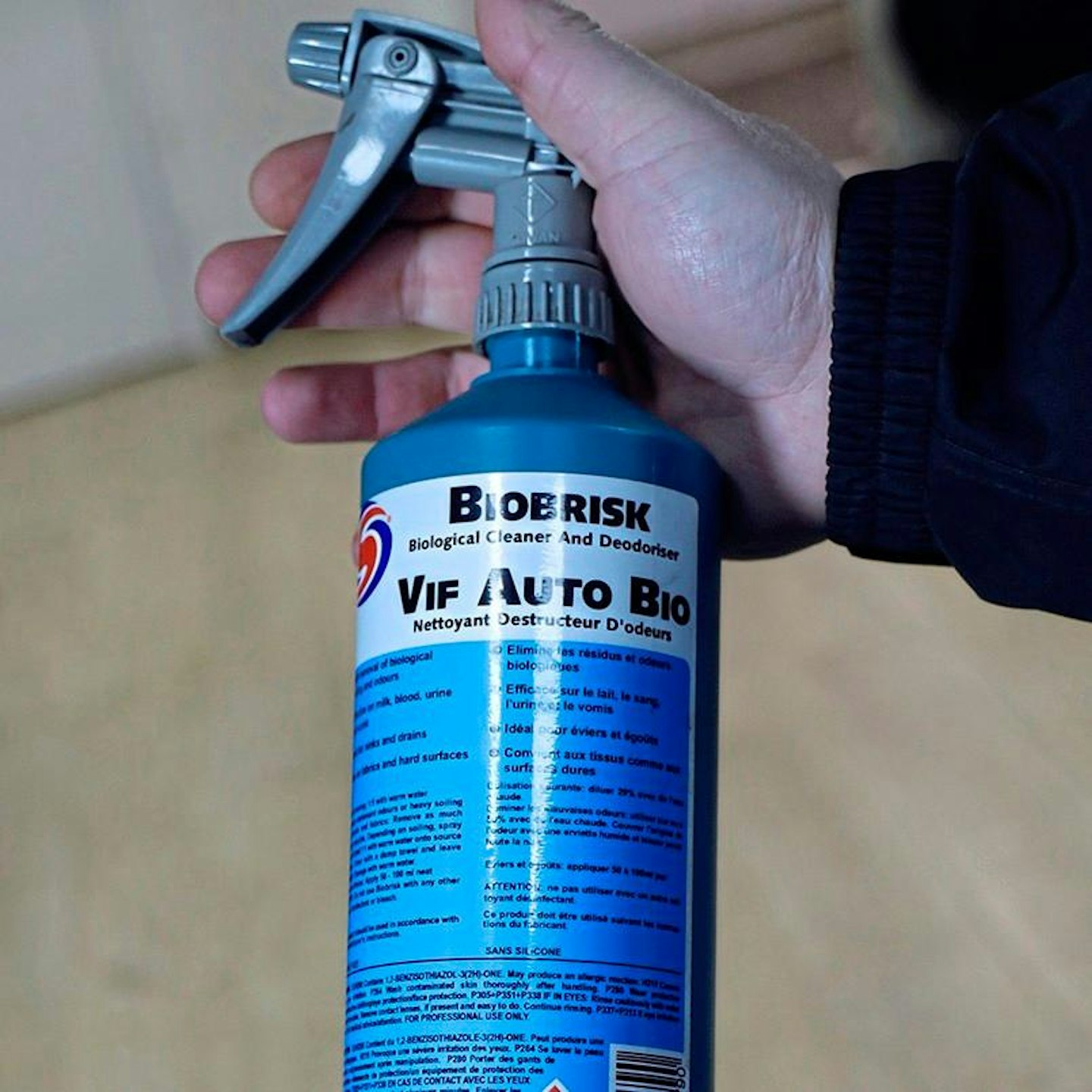
Sanitising chemicals that leave longer lasting protection and prevent regrowth. They break apart cells of smelly stuff, but are less effective on inorganic smells such as petrol.
Gas treatments
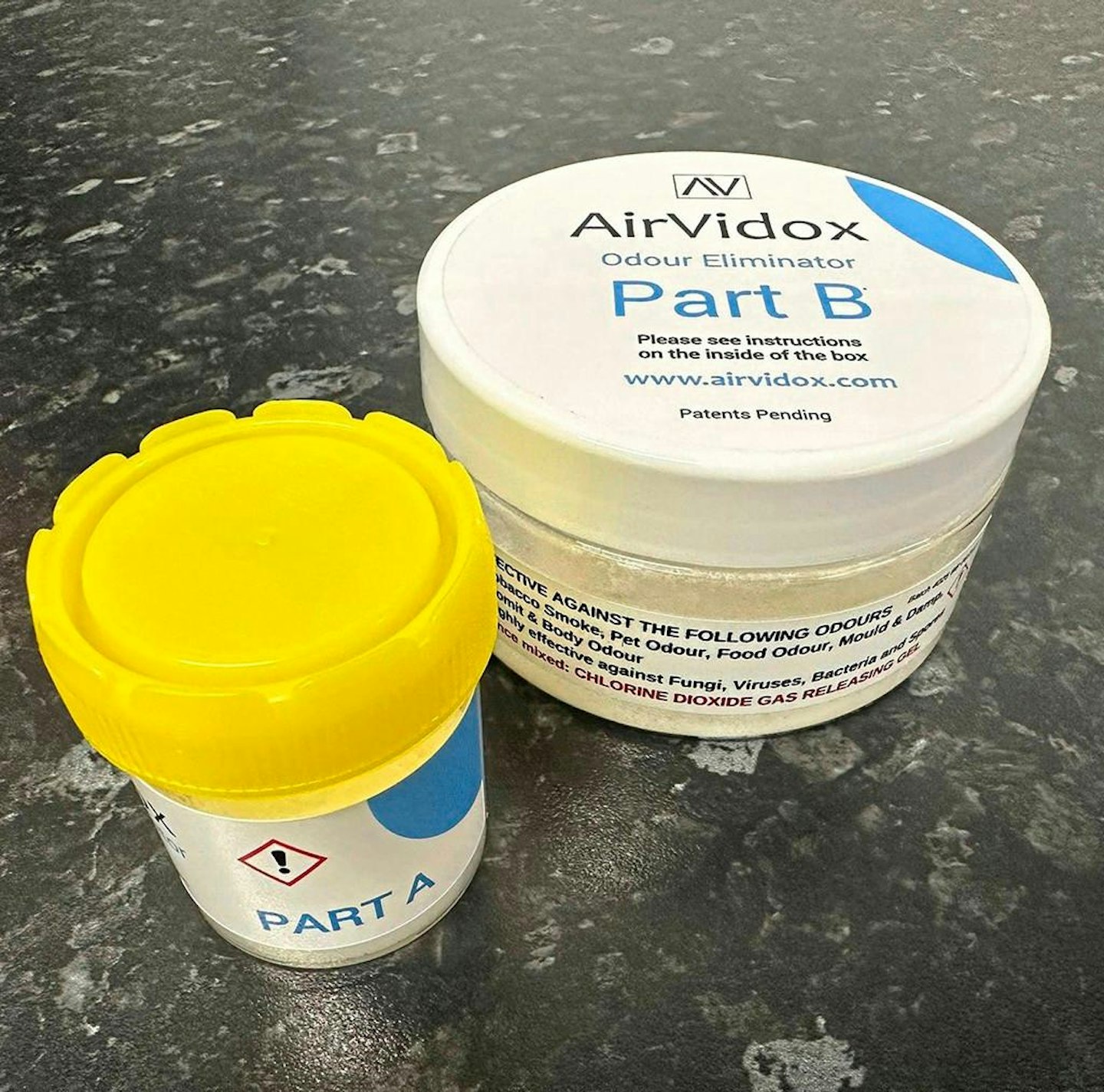
Set and forget for the day. These two-part kits use a chemical reaction to produce chlorine dioxide gas, which kills organic smells. Just ventilate well after, and use with caution.
Air fresheners

Why remove a smell when you can blast a nicer smell into your face? Because sometimes it’s your only option. Short term cover up, but will mask a bad scent.
EXPLAINER: Understanding the fundamentals of success…
1 Catch it quick

To successfully remove odours, you need to first remove the source. It stands to reason that if you leave a litre of spilled milk deep in your carpet, no amount of air freshener is going to stop the odour coming back again and again, so you need to remove the bacteria causing the whiff before treating it.
2 Wet, wet, wet
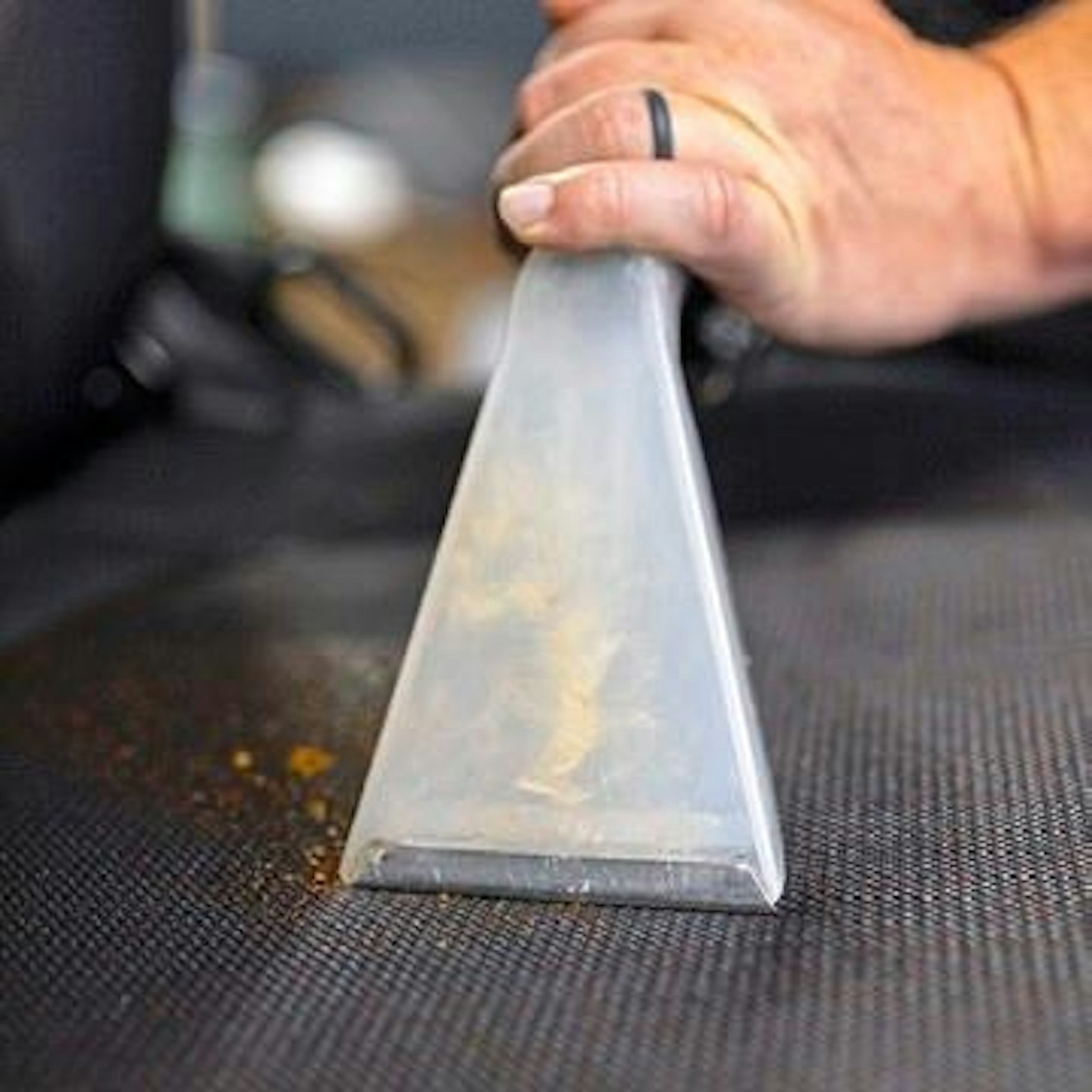
If it’s still wet, repeated flushing with clean water and an extraction machine is your best bet, repeating until the water draws out clean. Dried stains are trickier, and generally require diluting back down in order to suck the contaminant out if they’ve penetrated the surface. Always use cold water, as hot water can set proteins, making them nearly impossible to remove
3 Chemical brothers
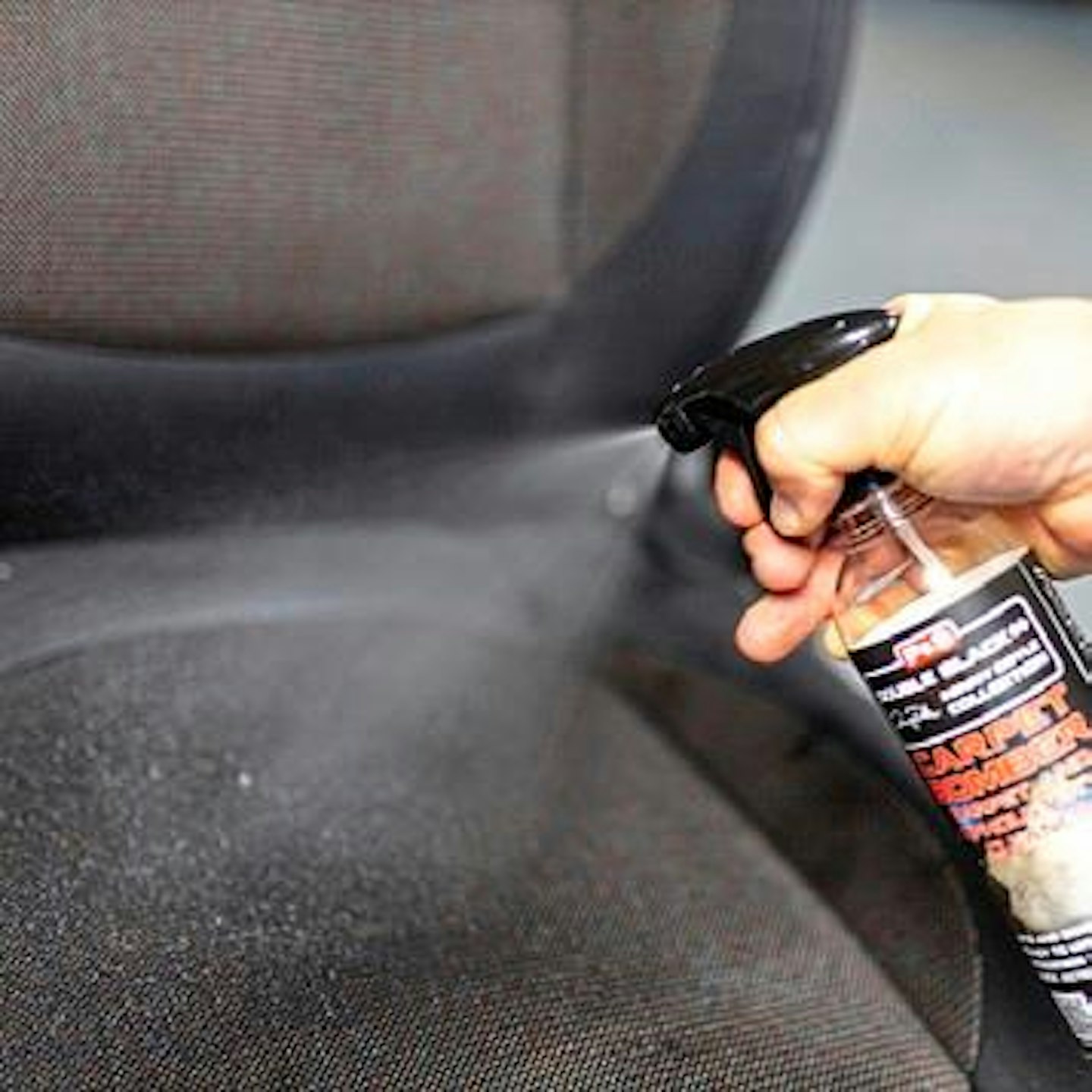
Once all the ‘solids’ are out, you can then kill the odour-causing bacteria using various chemicals such as disinfectants, enzyme eaters, and biocidal cleaners. The deeper into fabrics and foam insulation the cause has seeped, the more you will need to ensure it can do its job, so saturate and squeeze to distribute fully.
THE CHOICE
BIOLOGICAL CONTAMINANTS
1 Organic contaminants
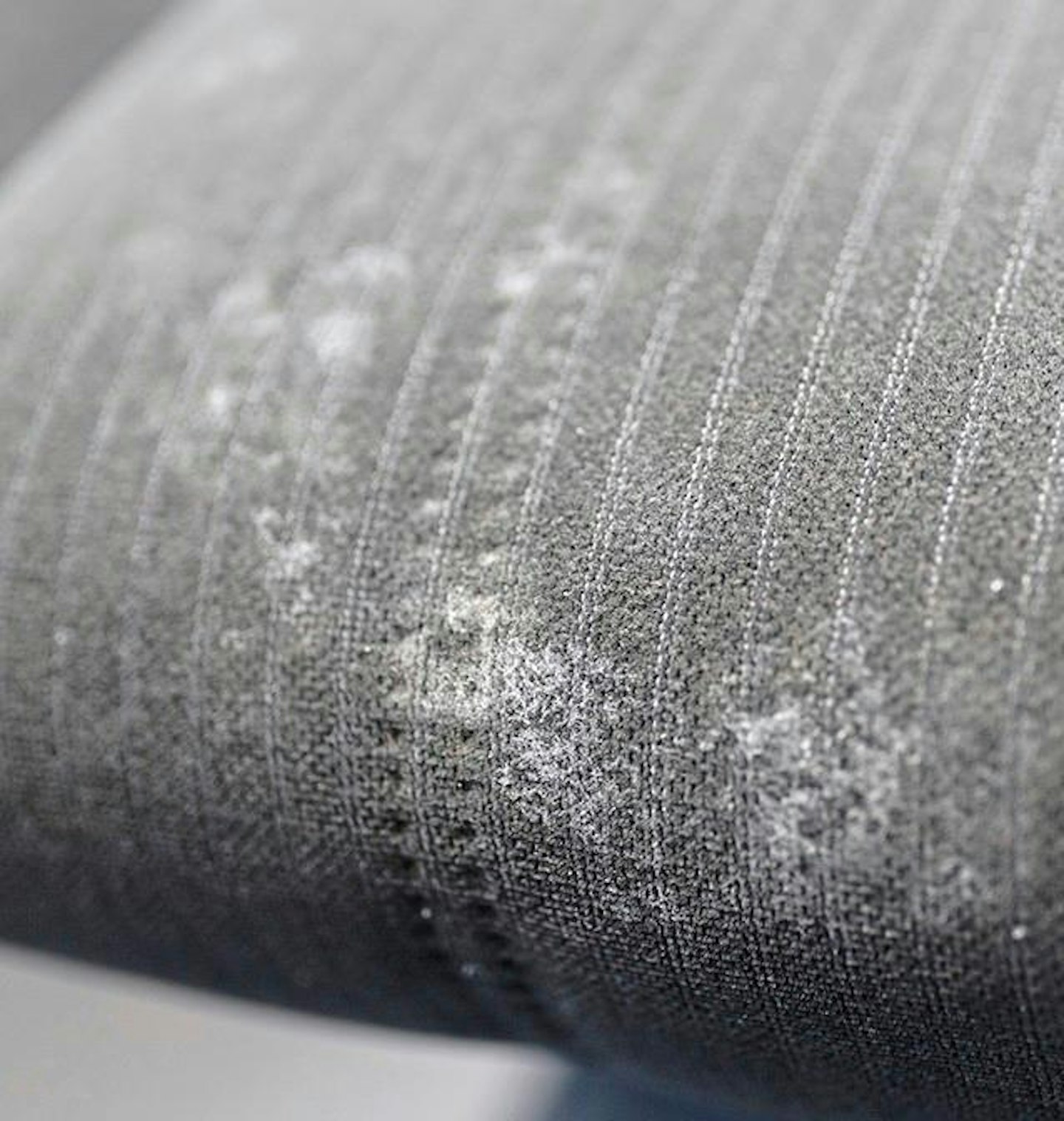
Unpleasant things like mould, proteins and anything biological are bacteria based and can cause foul smells and mould the longer they are left untreated.
2 Biocide
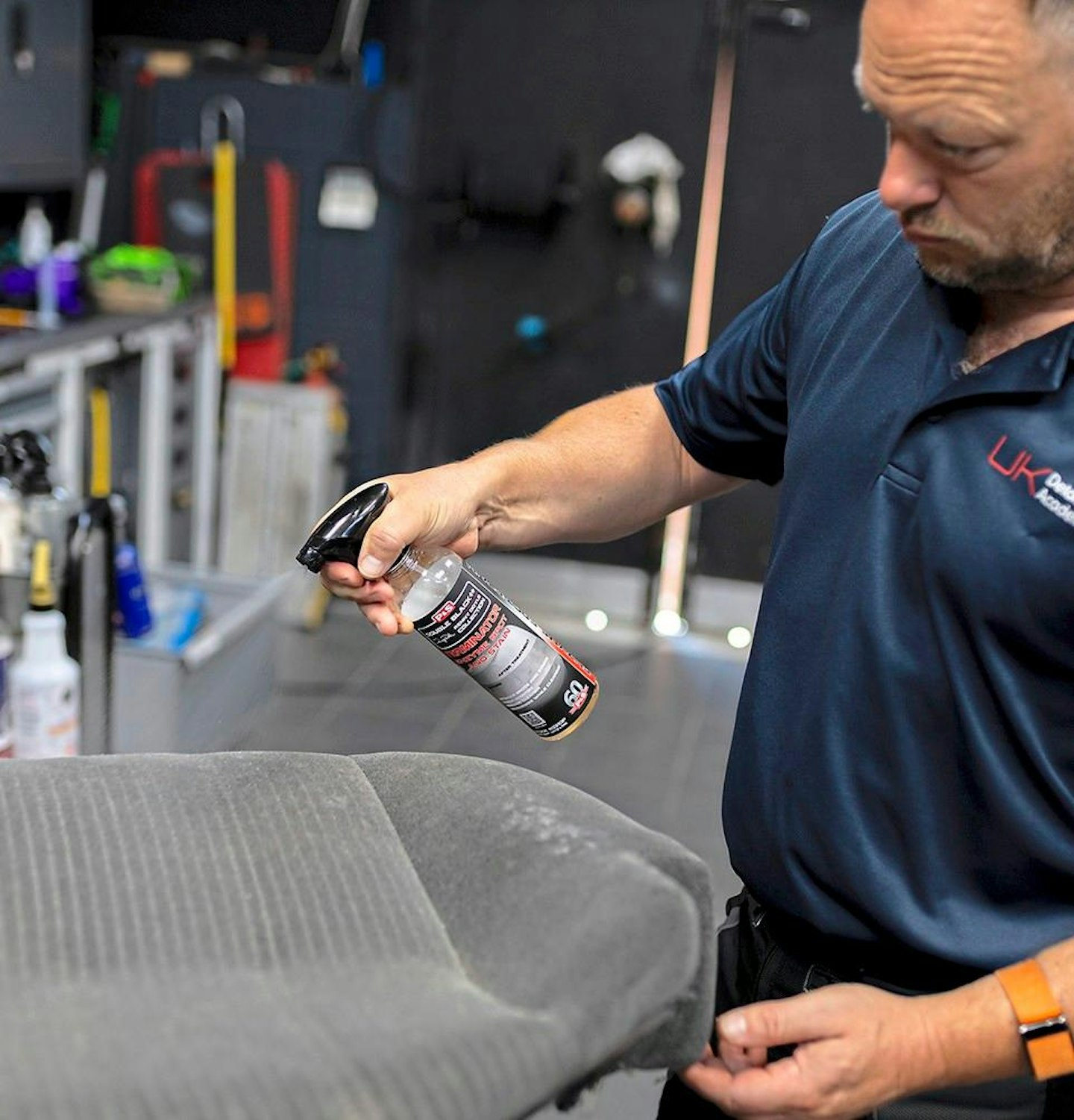
This is where wet treatments can kill the bacteria we mentioned earlier. Biocidal cleaners destroy the bacteria meaning they cannot reproduce, so the smell dies.
3 Cut contact
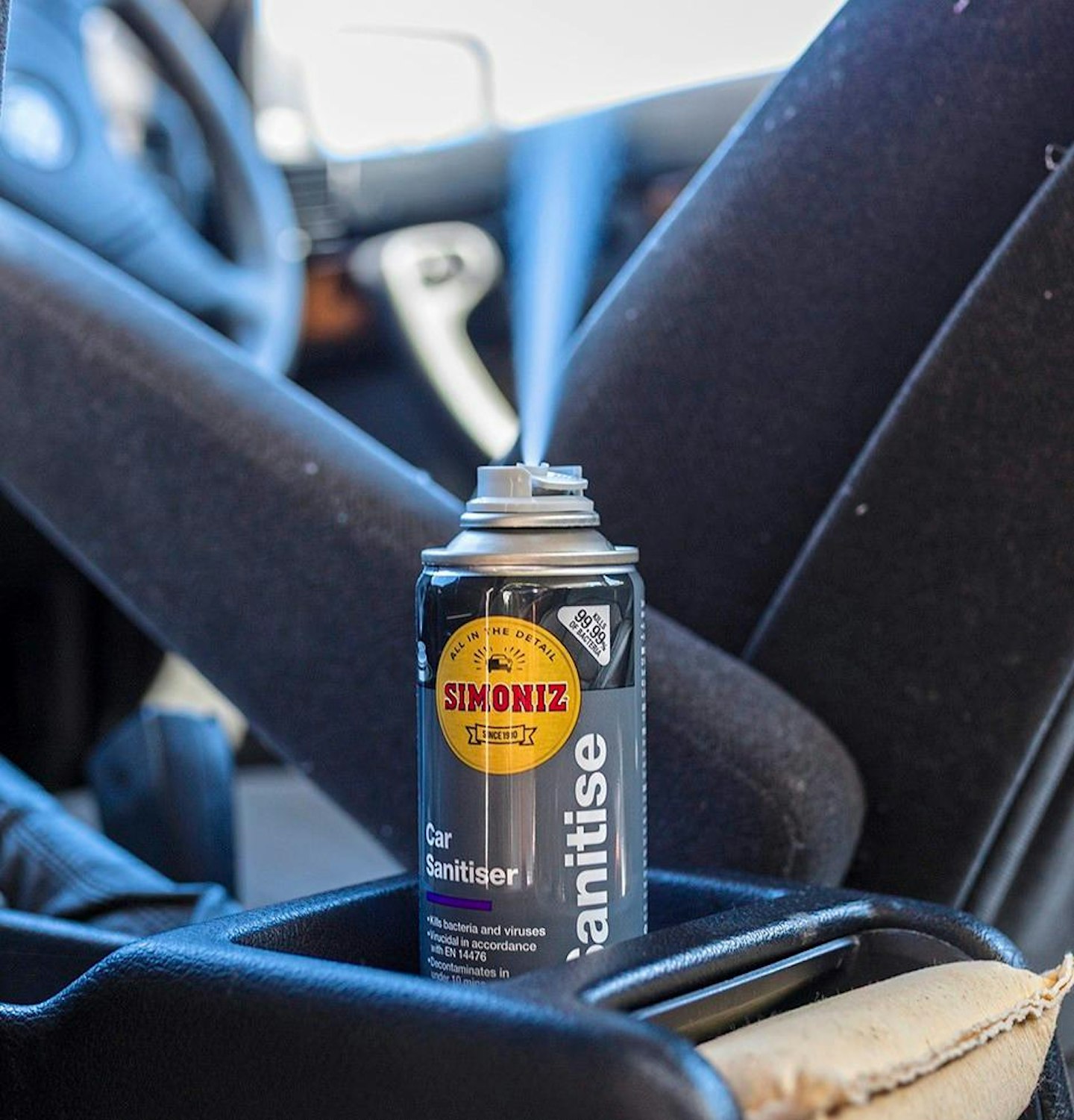
For hard to reach or inaccessible areas such as vents which the smell may have penetrated, a gas treatment will get everywhere liquid cannot – whether ClO2, Ozone, or odour bomb.
OIL-BASED CONTAMINANTS
4 VOCs
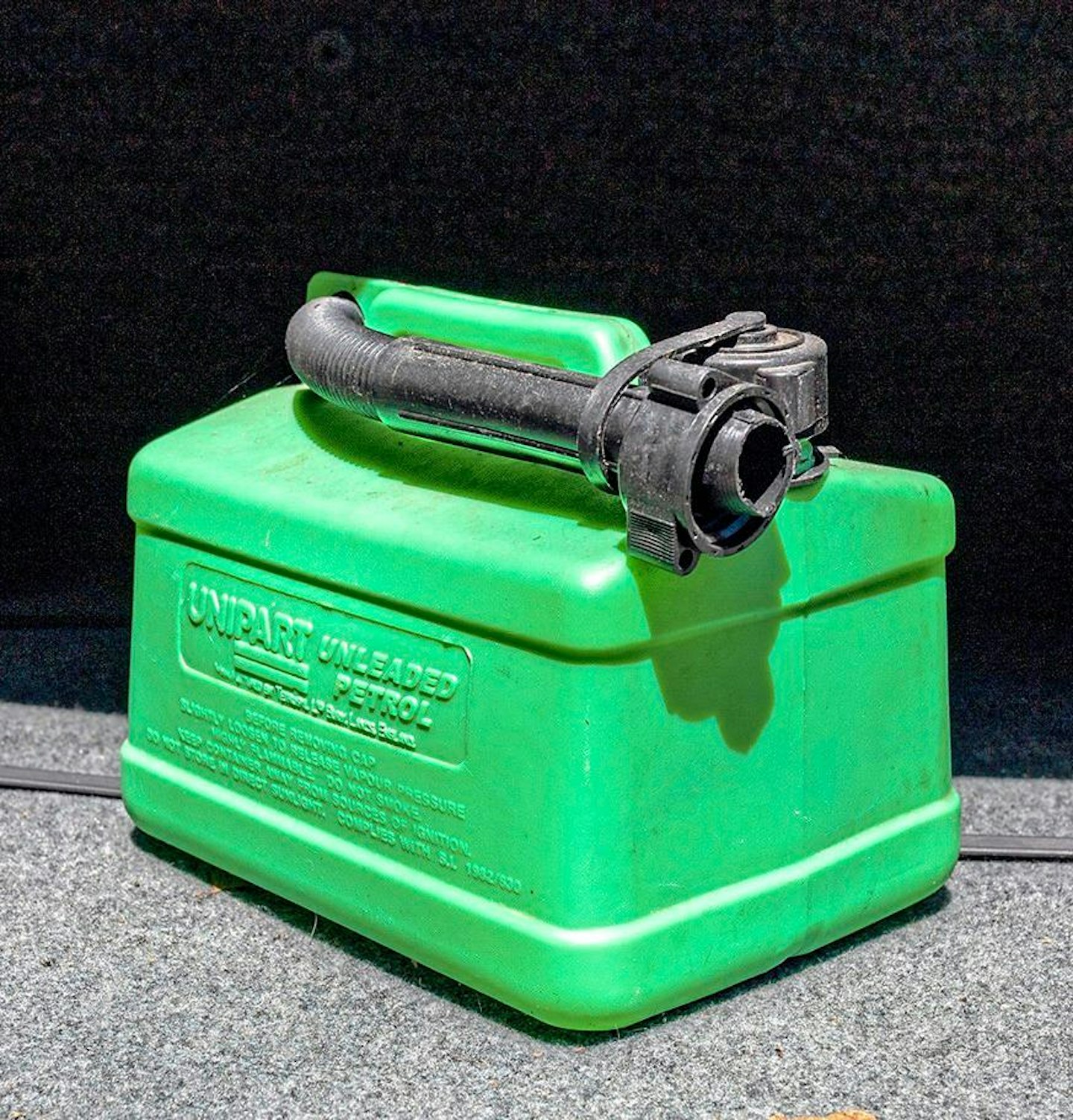
Oil-based contaminants; eg. fuel, smoke, perfumes and fragrances all emit VOCs – Volatile Organic Compounds. Over time they should dissipate, especially if the source can be mostly removed.
5 Soak it up
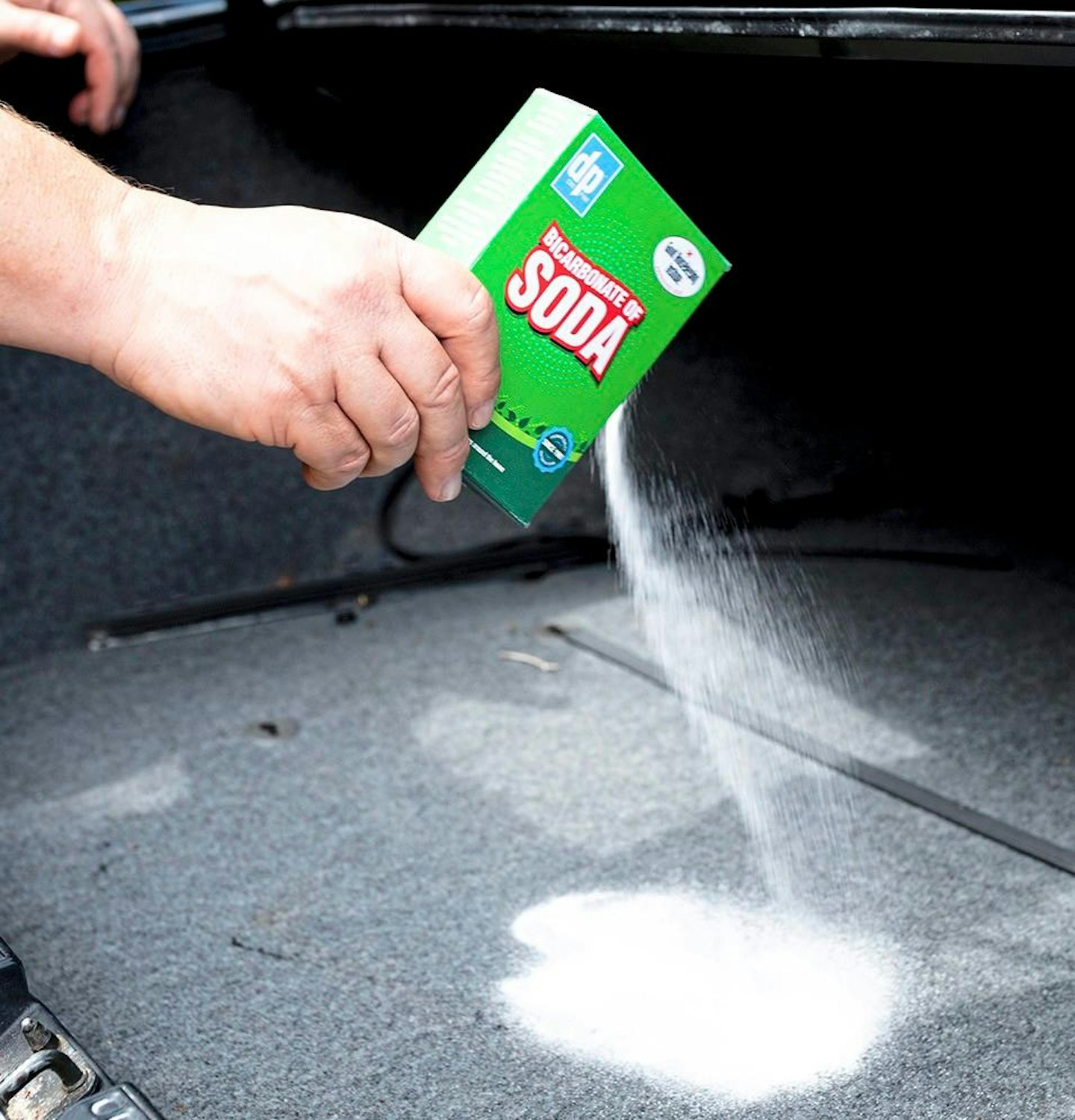
These can only be adsorbed - Substances such as baking soda, activated charcoal, talc or coffee grounds can all achieve this – or covered with fragrance until they dissipate over time.
6 Suck it up
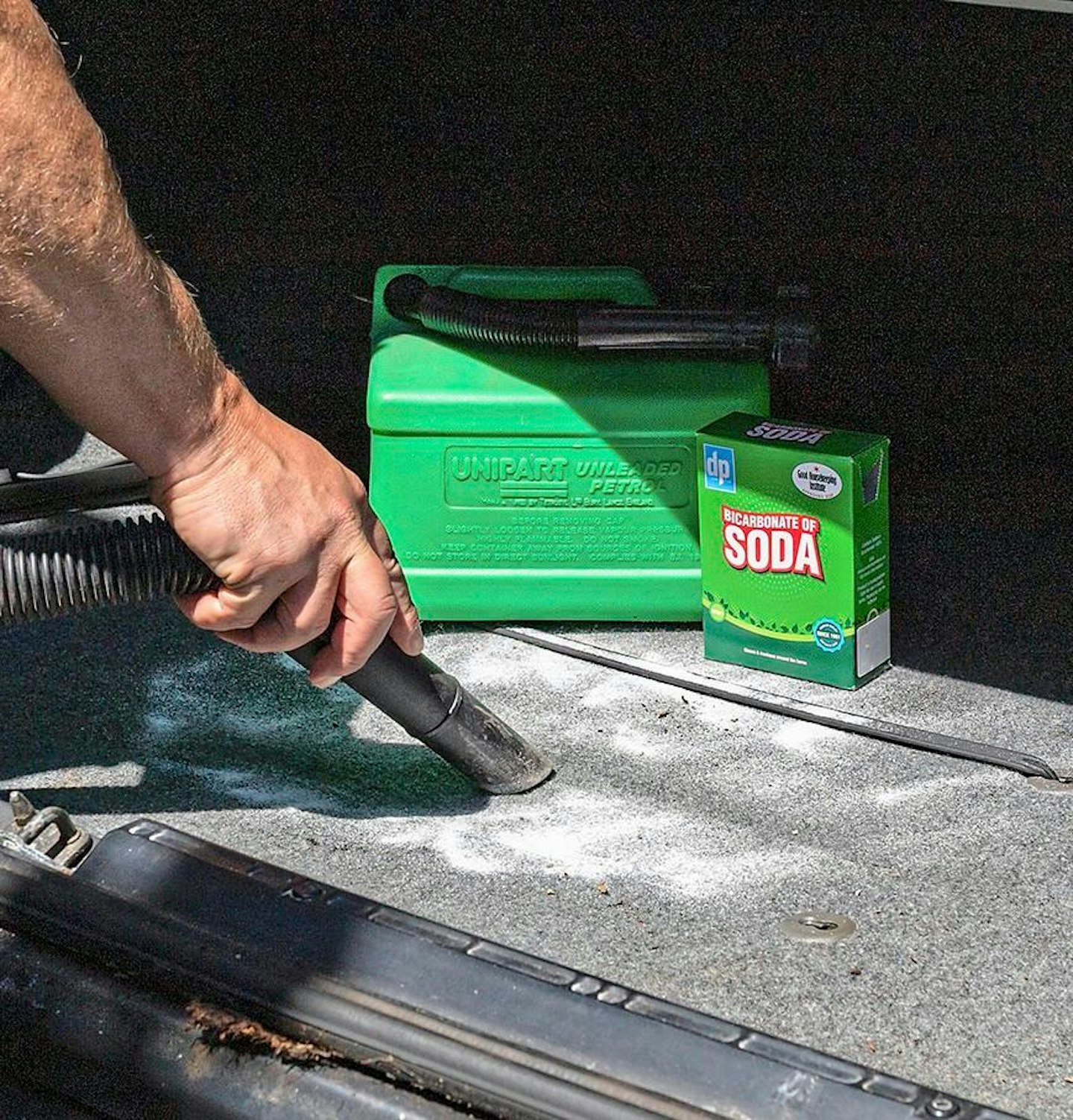
To treat: place a bowl of ingredient in the area for as long as possible, or sprinkle baking soda directly when dry, leave to work, hoover, and repeat as necessary.
EASY MISTAKES
The surface is delicate… Sitting cleaned parts in the sun will kill bacteria naturally. UV oxidation breaks down odour molecules.
The smell keeps coming back… Repetition is key for lingering scents. For deep spills, squeeze seating (etc) foams to draw products into the air bubbles within.
Dog odour keeps reappearing… These odours are linked to dander – dog saliva drying on its hair. When this gets wet, the odour reactivates. Remove as much hair as possible and treat the carpet with an enzyme eater to kill off any bacteria for good.
NIGGLE NOBBLED
Our reader’s result
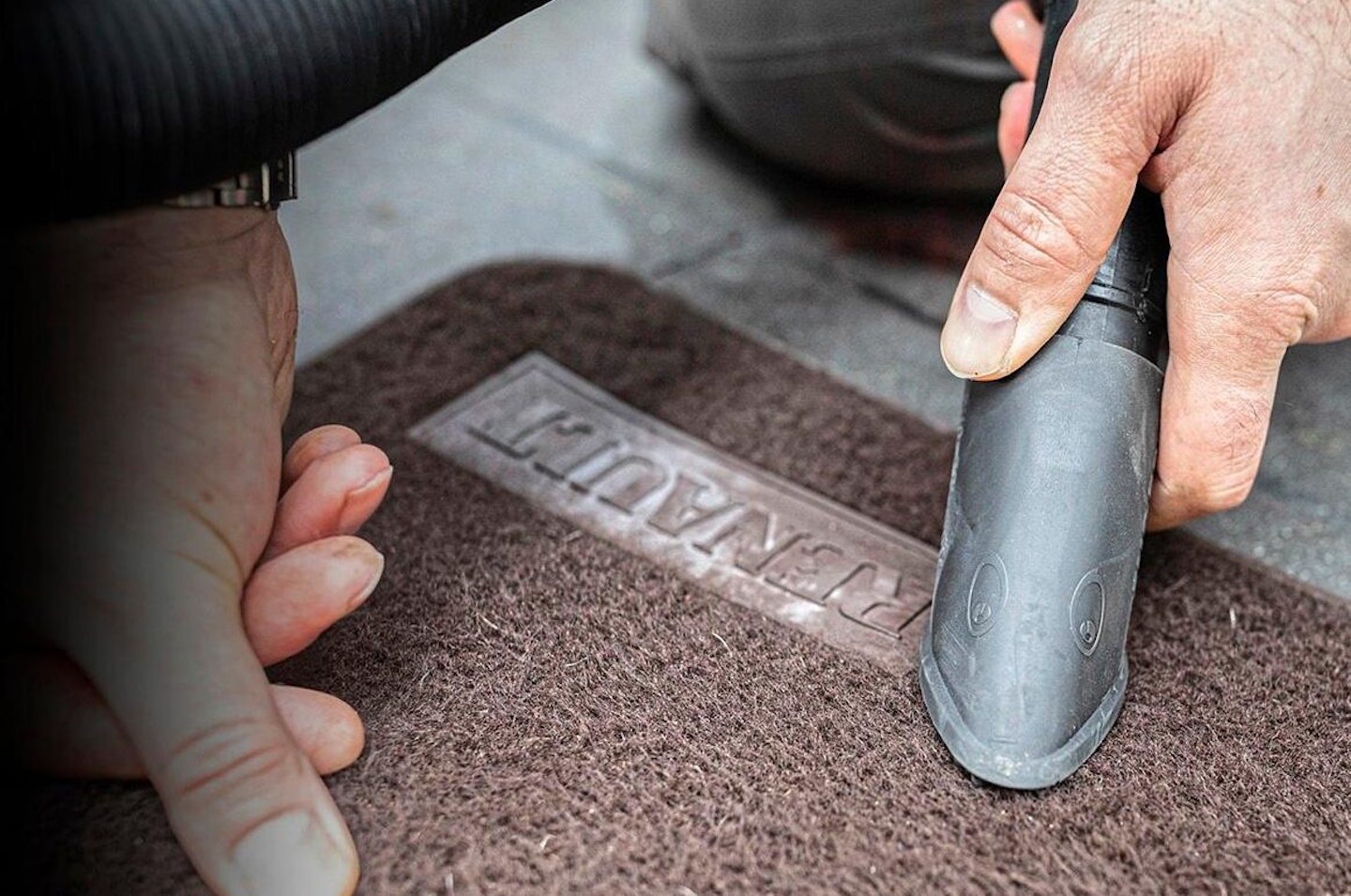
After stripping the boot carpet out, I found the petrol smell was compounded by lead replacement additive that had leaked. I used the household Vax to remove it, then baking powder sorted the petrol smell over a few days, biocide cleaner dampened down the wet dog, and the cigarette odour is much reduced after an odour bomb. I’ve found by adding garlic and coffee air fresheners the Renault merely smells like a French bistro now, which I can live with.
Subscribe to a PC Print+ Subscription today and you'll get instant digital access PLUS FREE UK delivery so you'll never miss an issue again. Check out our offers today.
